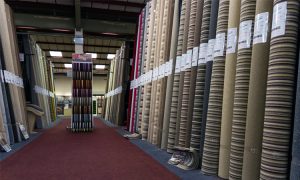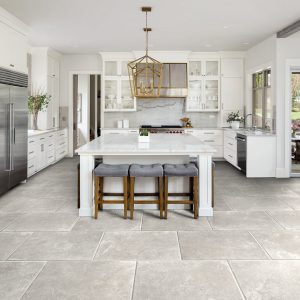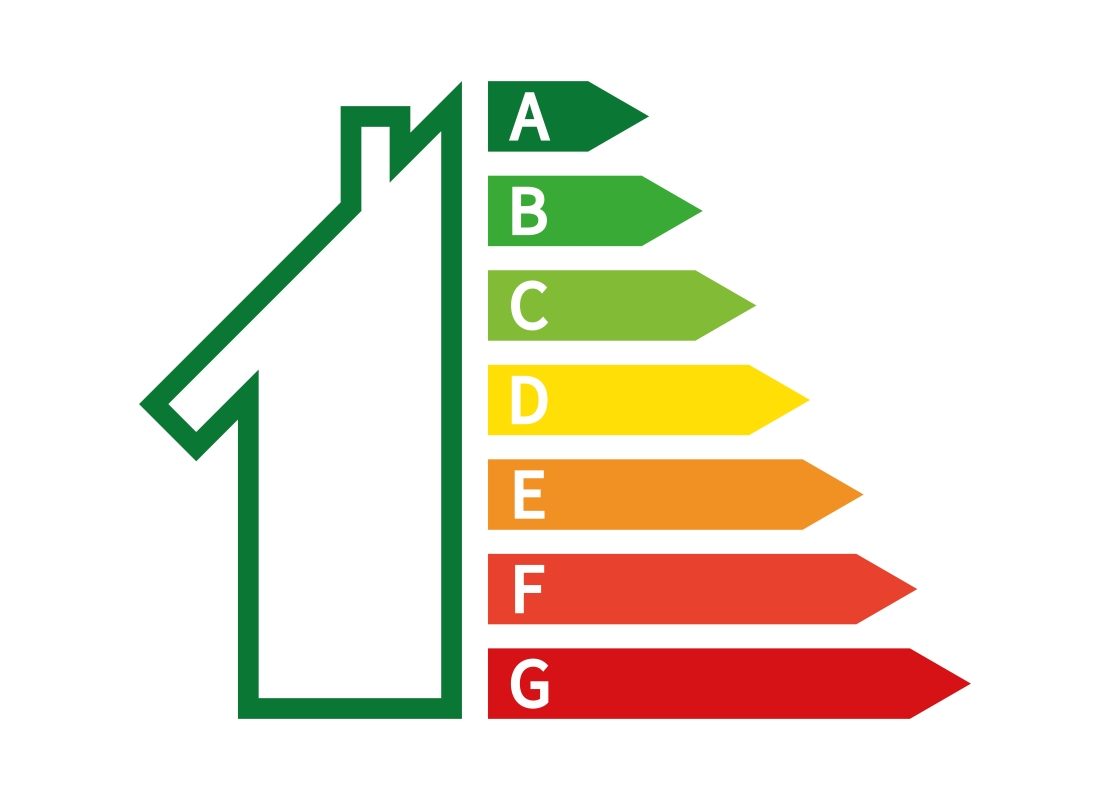13 Dec 2022
What Is The Most Energy-Efficient Floor Covering?
What is the most energy-efficient floor covering?
 Now more than ever we are trying to do what we can to save on our high energy prices. While there are many types of materials used for floor coverings, not all of them are created equal when it comes to energy efficiency. If you’re interested in saving money and being more environmentally conscious, it’s worth considering the most energy-efficient flooring options available. In this blog post, we’ll take a look at some of the best choices for energy-efficient flooring and what makes them so effective. Hopefully, this will give you some useful information to help you make an informed decision about your next flooring project.
Now more than ever we are trying to do what we can to save on our high energy prices. While there are many types of materials used for floor coverings, not all of them are created equal when it comes to energy efficiency. If you’re interested in saving money and being more environmentally conscious, it’s worth considering the most energy-efficient flooring options available. In this blog post, we’ll take a look at some of the best choices for energy-efficient flooring and what makes them so effective. Hopefully, this will give you some useful information to help you make an informed decision about your next flooring project.
Carpet is the most energy-efficient floor covering because it traps heat in the room

If you’re looking for an energy-efficient way to keep your home warm and snug, it’s hard to beat carpet. That’s because high tog rated carpets can trap heat in the room like no other floor covering. A high tog rating is measured by the Thermal Overall Grade (TOG), which rates a product based on how well it retains heat. When combined with a high-quality underlay, carpets can provide huge levels of insulation against the cold. Types of carpets vary greatly, but wool and polypropylene are some materials that tend to have high TOG ratings. Wool is known as one of the more expensive options, but nylon carpets and Saxony-style carpets also offer decent thermal insulation for more affordable prices. Ultimately, picking the right carpet can save you money and help make sure your home stays comfortably warm, no matter how harsh the winter weather gets!
Hardwood / Engineered floors are the second most energy efficient because they reflect heat back into the room
Hardwood and Engineered floors are the second most energy efficient type of flooring. This is because natural materials like hardwood have a natural thermal value; plus, they are rated with a high comparative density which means they absorb more heat than other materials. Hardwood floors also retain the heat longer, meaning that the heat is absorbed within the mats and fibres of the wood and released slowly over a period – preserving all of the natural warmth while reflecting back heat into the room. This helps to keep ambient temperatures constant throughout all seasons – great for those who don’t want to rely on climate control every day! Additionally, hardwood floors absorb sound so you can enjoy a bit more peace and quiet in your home as well. All in all, hardwood floors offer natural comfort without hurting your pocket or consuming too much energy!
Tile and stone floors are the least energy efficient because they absorb and radiate heat away from the room

Tile and stone floors add a lot of aesthetic value to any home, and they can be very easy to keep clean. Unfortunately, these types of flooring are not very energy efficient since they tend to absorb and radiate heat away from the room. You need underfloor heating for them to work in a UK climate, and even then, they may not provide the kind of warmth you need during colder months. During summertime, tile or stone floors can be great as they help to keep the room cool. However, when winter comes around again, these same floors can leave your space feeling very cold. When it comes to saving energy – especially for those living in colder climates – wood or carpeted options may be more suitable choices as they retain heat better.
Laminate and vinyl floors are somewhere in between, depending on how well they are insulated
Many people get hung up on the differences between laminate and vinyl flooring, but when it comes to heat retention they can land somewhere in between. If you install laminates with a fibre board or XPS underlay, your room will still retain heat effectively. WPC vinyl floors have become increasingly popular, featuring a core made from recycled wood and plastic composite, providing more insulation than traditional vinyl floors. Of course, using cork underlay is another great alternative, as the closed cell structure helps to keep the heat in and any water out. At the end of the day, you’ll want to look at what options make sense for your project and how well-insulated your space is overall. Laminate or vinyl might be just what you need for keeping things warm in your home.
Conclusion
If you’re looking for an energy-efficient floor covering, carpet is the way to go. It traps heat in the room, making it more comfortable while also saving on your energy bill. If you’re not a fan of carpets, hardwood floors are the next best thing. They reflect heat back into the room, keeping it warmer for longer. Laminate and vinyl floors are somewhere in between – they can be quite an energy efficient if they’re well insulated but less so if they’re not. If you need help choosing the right flooring for your home, give us a call. We’d be happy to help you find the most energy-efficient option for your needs.
You can check out all our flooring on our website here.





 Quickstep
Quickstep Moduelo
Moduelo COREtec
COREtec Egger
Egger Balterio Collection
Balterio Collection Chene Firmfit
Chene Firmfit Luvanto
Luvanto Belle Flooring
Belle Flooring Luvanto Design
Luvanto Design Capital
Capital Luvanto Click
Luvanto Click TLC Vinyl Flooring
TLC Vinyl Flooring Rhinofloor
Rhinofloor Kaindl
Kaindl Polyflor
Polyflor Lifestyle Floors Love AQUA
Lifestyle Floors Love AQUA Life Flooring
Life Flooring Capital Creation
Capital Creation LG Hausys
LG Hausys Fusion Flooring
Fusion Flooring Krono Swiss
Krono Swiss Columbus Flooring
Columbus Flooring Kersaint Cobb
Kersaint Cobb Bostik
Bostik Meister Flooring
Meister Flooring Palletforce
Palletforce Krono Original Xonic
Krono Original Xonic